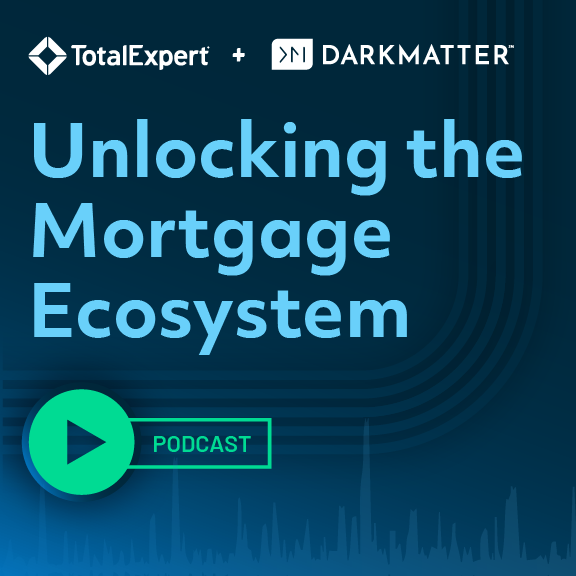Since they’ve grown up in the age of technology, it’s fair to assume digital banking would appeal to Millennials and Gen Z. However, designing a user-friendly app may get people in the door, but it won’t keep them. They want more than a digital bank and the convenience that comes with it. They want a trusted partner to take the complexity out of financial decisions and make money more accessible – in every sense of the word.
As these generations grow in power and number, there is little room for error.
This post will explore three areas keeping banks from attracting and retaining Millennials and Gen Z.
Your Digital Experience Doesn’t Meet Consumer Expectations
According to The Financial Brand, Millennials will control $7 trillion of assets by the year 2020 and they are the largest group of first-time homebuyers.
If there was ever a time to re-evaluate your digital experience – it’s now.
A whopping 83 percent of Millennials are willing to switch banks for better fees, rewards and locations (they do value convenience, after all). However, a convenient location can be quickly overshadowed by a clunky digital experience. All pieces of the puzzle are critical to Millennials and Gen Z.
The younger generations want a modern and frictionless experience on all channels, and according to a study by Deloitte, the transition from machine-based tools to human-based services needs to be seamless.
While the parents of Millennials and Gen Z were willing to stick with their local branch for the long haul, these up-and-coming consumers are quick to jump ship if the digital user experience becomes taxing.
Your Digital Experience and Brand Experience Don’t Align
What comes to mind when you think of your favorite brand? It may be a company logo, a tagline – or perhaps it’s the exceptional experience you receive time and time again.
Studies show that 46 percent of bank customers interact with their financial services organizations strictly digitally. Compared to baby boomers, Millennials are two and a half times as likely to use mobile banking apps. Whether in person or through an app, consumers expect your brand experience to be the same.
There is a massive difference between creating digital strategies and digitizing your strategies.
Oftentimes, financial brands have a checklist of needs and processes dictating their digital strategy instead of focusing on instilling their brand identity in their digital presence. Providing consumers the option to purchase a product or service without leaving the house is nice – but not if it erodes your brand.
Consider your core values and how you are living those out every day. For example, if a primary value is to exceed customer expectations but you aren’t sending your customers relevant information for the next step in their financial journey (i.e. starting a 529 plan, refinancing, etc.), are you truly living out your values?
A Viacom Media study revealed 73 percent of the younger generations would rather manage their finances with Google, Amazon, Apple Pay or Square than with their current bank. Why? These companies offer a quick, seamless customer experience. These generations know what they are getting when they do business with these brands and it removes the guesswork of finding a bank that offers a frictionless experience.
You Focus Too Much on Banking Products and Not Customer or Member Needs
Appealing to Millennials and Gen Z can be particularly challenging if banks don’t have a clear picture of who it is they are marketing to and what those consumers value most.
There are some distinct differences to be aware of between today’s young adults and earlier generations. Fifty-eight percent of Millennials, for example, are willing to share personal information to get recommendations tailored to their needs compared to 41 percent of Baby Boomers. This is a clear indication that this group of consumers wants and expects their banks to know more about them and their financial needs.
According to CNBC, the average Millennial carries $36,000 in personal debt. Forty-two percent of Millennials don’t know how to pay off their debt and nearly 20 percent anticipate never paying off their debt. If this trend continues, Gen Z will be in a similar position – if not worse.
Done right, the opportunity for financial services organizations to partner with younger generations to start paying off their debt can be the beginning of a lifetime partnership. Debt payoff transitions to purchasing their first home, planning for a family and ensuring they are on track for retirement.
Build It and They Will Come
When evaluating digital and non-digital strategies to attract Millennials and Gen Z, keep in mind these common misconceptions, adjust accordingly and you could be the bank of choice for two of the largest generations.
While a seamless digital experience is necessary, these generations are also looking for financial advice, a repeatable experience on all channels and to feel known and valued.
In short, they want a partner.
Reward Millennials and Gen Z with speed, convenience and human touch and they will reward you with loyalty.


